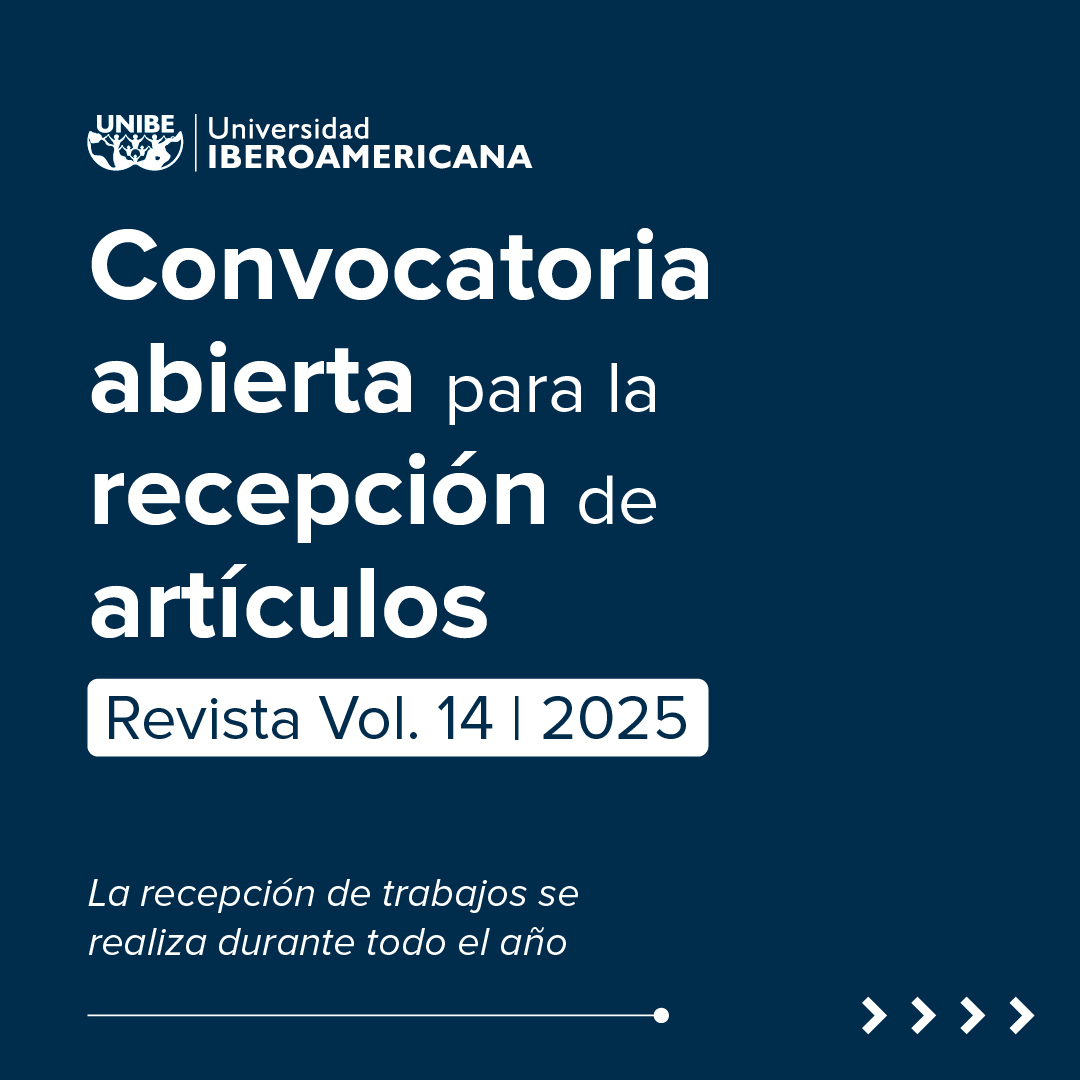Teacher curricular conception and the influence at the profesional praxis, San Lorenzo, 2016
DOI:
https://doi.org/10.26885/rcei.9.1.174Keywords:
curricular conception, prescript curricula, pedagogical praxis, eclectic, curricular technical termsAbstract
The research is titled teacher curricular conception and the influence at the professional praxis, San Lorenzo, 2016. The formal curricula sets the educational goals, these goals are executed at different levels of curricular concretion. At the micro educational level is the teacher, who is the main responsible of the educational goals. Therefore, every teacher needs to apply the prescript curriculum correctly for professional praxis. The design of the study was non-experimental, without variable manipulation. The purpose was to determine the teacher curricular conception and the way that this influenced their pedagogical practices at the following public school, Central Region 2, Zone 4, Area 9 in San Lorenzo, year 2016. The approach was a mixed (qualitative and quantitative), analytical-descriptive level and cross-sectional. Intentional, non- probabilistic sample, with 21 teachers. Surveys and systematic review were used, also semi structured questionnaires and documents files. The teachers conceived that the prescript curricula as eclectic, taking the same approach to the praxis. They described the formal curricula as ambitious and expressed the positive influence. As dissociative factors of formal and operational curricula they name the multiple teacher´s functions, lack of proper training and management bureaucracy Even though, the knowledge about some topics of the prescript curricula were not enough and confusion in technical curricular terms, it was recommended to carry out other researches about this topic delving into a correlation between the variables of the grade of knowledge of the formal curricula and the influence in the praxis, by using surveys, observation and systematic review of literature.
Downloads
References
Alvarenga, E. M. (2012). Metodología de la investigación cuantitativa y cualitativa. A4 Diseños.
Constitución Nacional de 1992.
Hernández Sampieri, R. (2010). Metodología de la investigación. México: McGraw-Hill.
Ley N° 1264/1998, General de Educación.
Ley N° 1725/2001, Estatuto Docente.
Ministerio de Educación y Cultura. (1992). Guía para la implementación de la Educación Escolar Básica. Componente fundamental y creatividad. MEC.
Ministerio de Educación y Cultura. (2007). Aprender desde la práctica. MEC.
Ministerio de Educación y Cultura. (2009). Programas de estudio 2º ciclo E.E.B. MEC.
Ministerio de Educación y Cultura. (2011). Plan Nacional 2024. MEC.
Omeñaca, R., Puyuelo, E., & Ruiz, J. V. (2001). Explorar, jugar,cooperar. Bases teóricas y unidades didácticas para la educación física escolar abordadas desde las actividades, juegos y métodos de cooperación. Paidotribo.
Posner, G. (2005). Análisis del currículo. McGraw-Hill Interamericana .
Rato, M. C. (1999). Teoría y diseño curricular. Trillas.
Sacristán, J. G. (1988). El curriculum una reflexión sobre la práctica. Morata.














